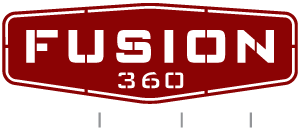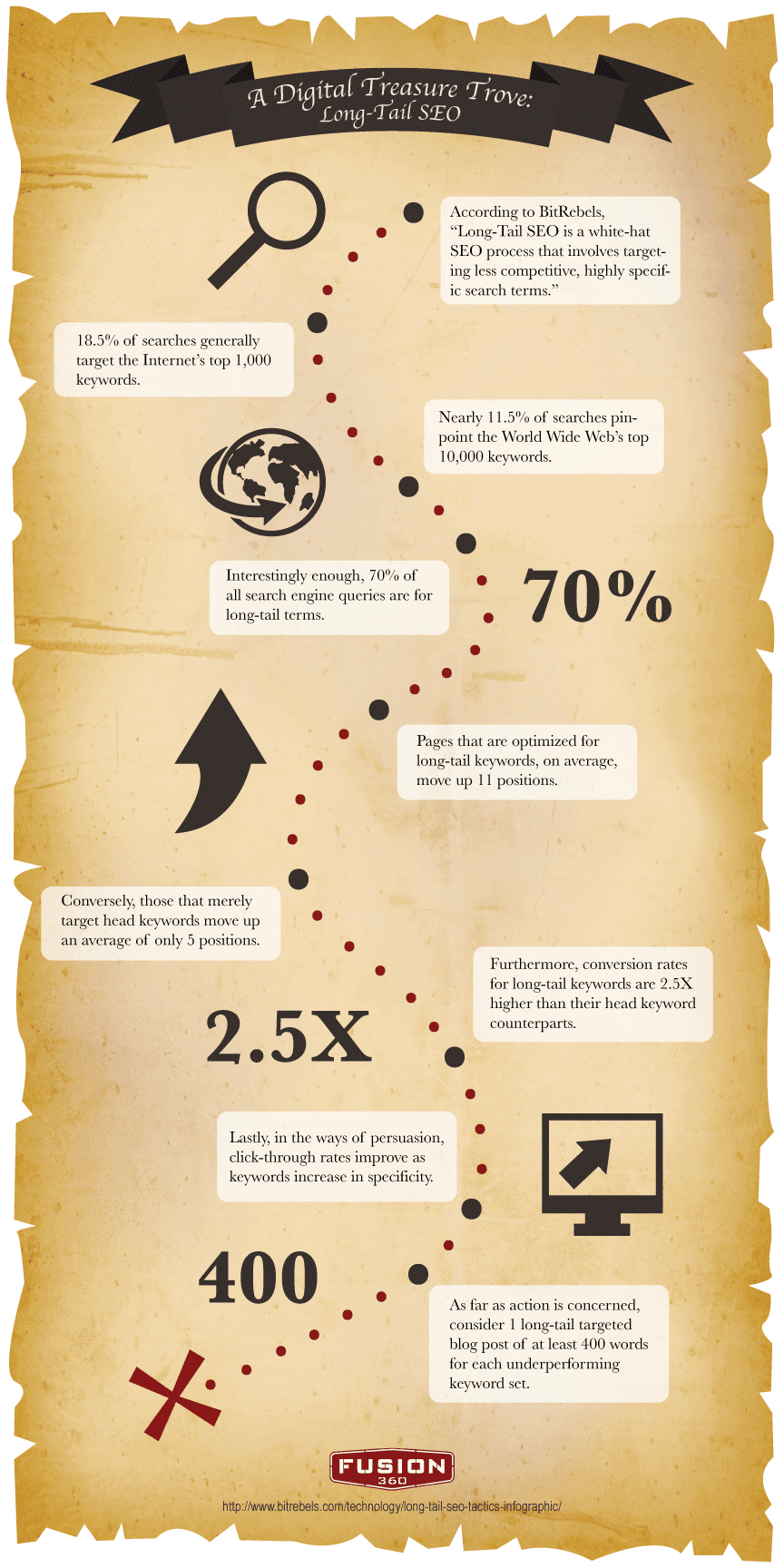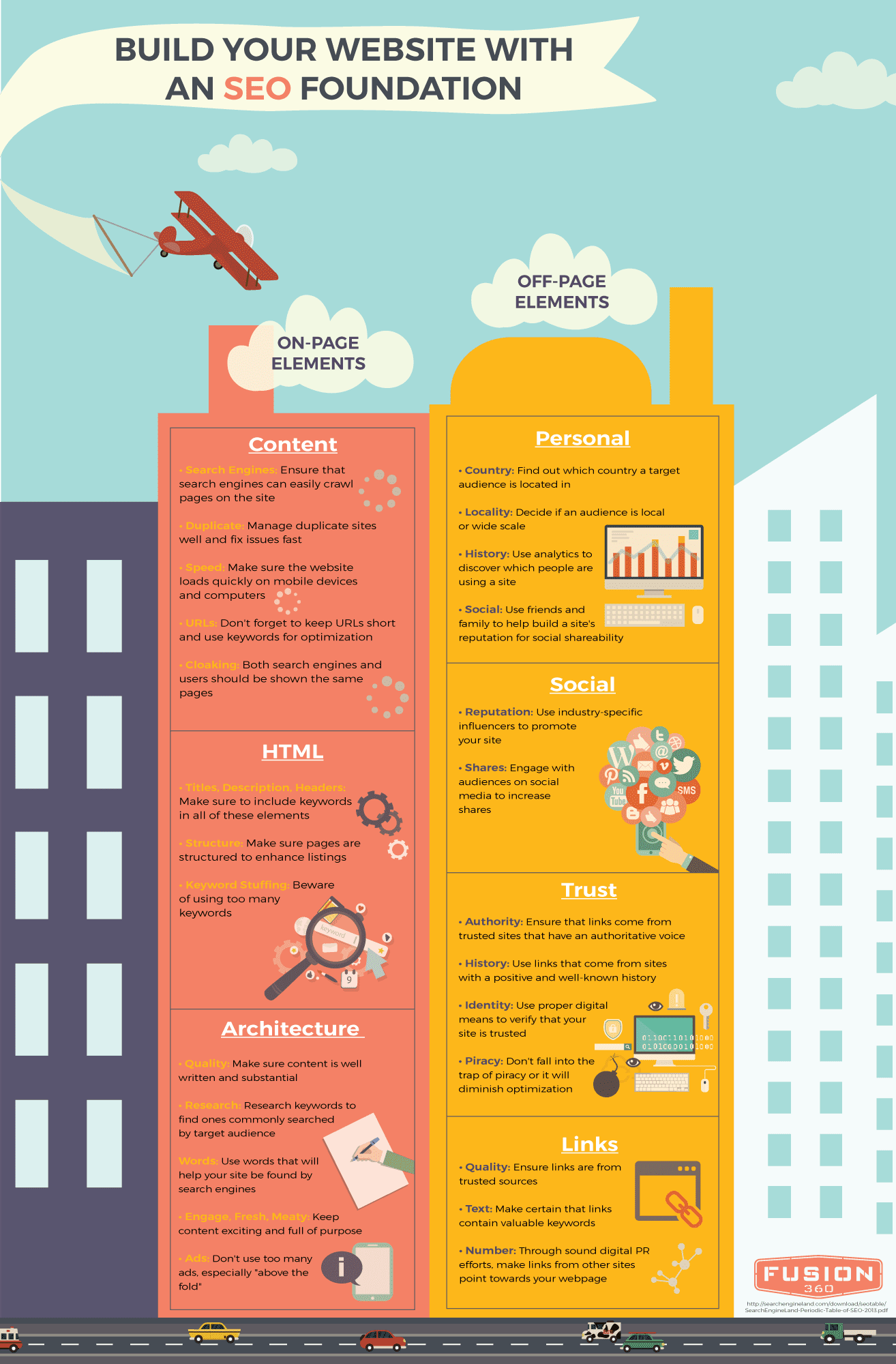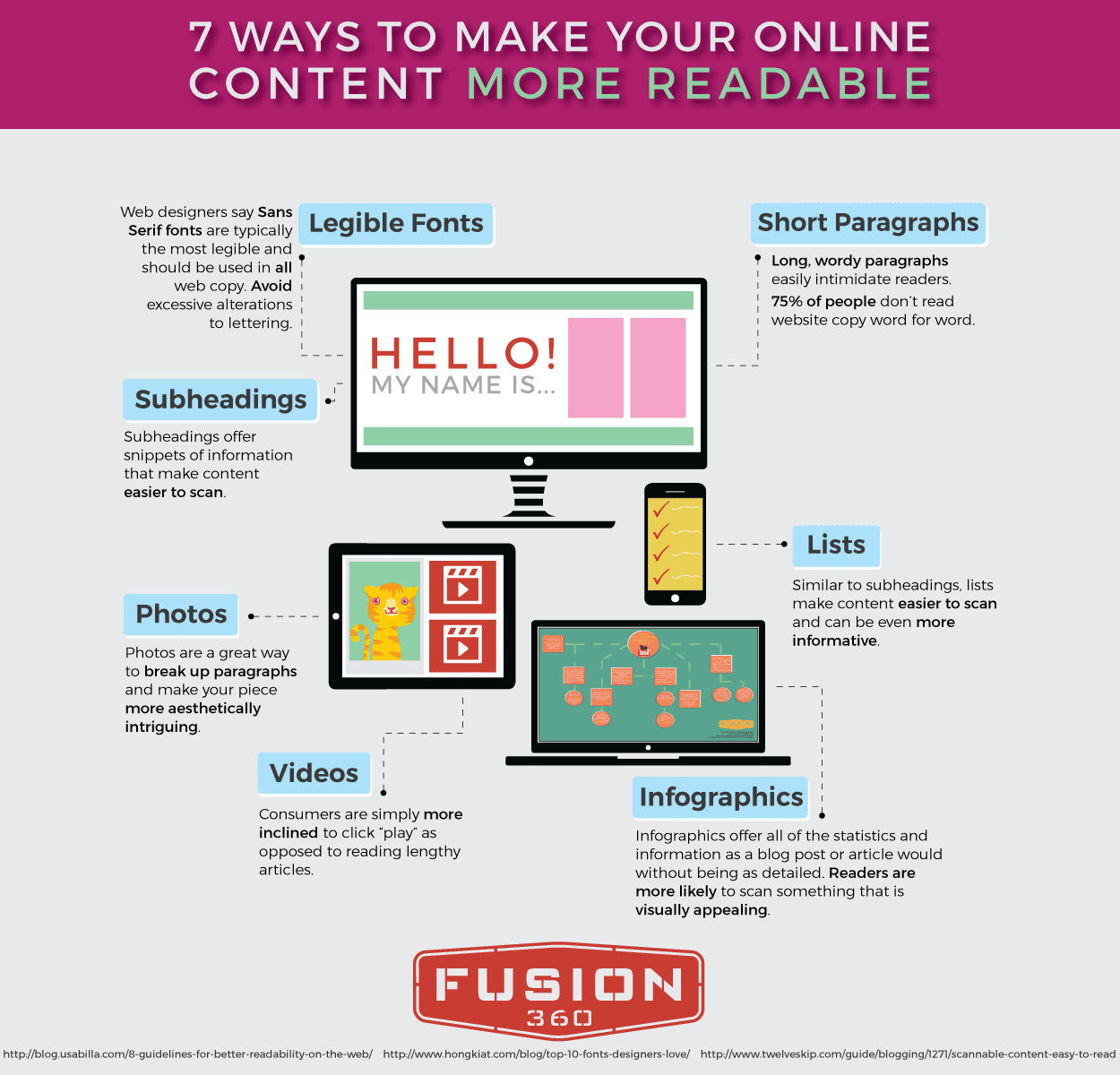There’s no need to talk with an SEO specialist about the importance of quality content and the strategic sharing of thereof. They already know all about it and, more than likely, have the software in place to help them figure out not only when a specific bit of information should be published, but where it should be made available for the digital masses to consume.
Oftentimes, the tricky part comes from determining exactly what kind of content should be produced. Think about it. From hysterical lists and memes to informative product reviews and e-books, the type of material that’s created can very much influence the level of rapport that’s built with Google or Bing. Needless to say, certain content types promise to perform better than others:
1) Blog Posts
Truthfully, it almost seems like the term “blogging” has become a buzzword in recent years. While you might have already grown tired of maintaining your own personal blog, it’s unlikely that the editorial practice go away any time soon. As traditional journalism rides off into the proverbial sunset, typical people—with little to no marketing or SEO need—have taken over and are now gaining the attention of millions of eager eyes each and every day.
Currently, blogs come in as the fifth most trusted source for digital information amongst active Web users. You read that correctly, right? Good, because this is where you—the SEO or content marketing guru—come into play. Business blogging isn’t like traditional blogging; it’s not an option. To more fully establish yourself as an industry leader with colleagues, potential clients and search engines, blogging is key.
In fact, studies have show that those who regularly blog are 13 times more likely to produce a positive ROI for either themselves or their respective clients. On average, companies that blog receive 97 percent more links to their sites than those who bypass the booming SEO practice. Don’t be on the outside looking in. The only thing that an active blog costs you is time; clearly, it’s well worth the investment.
2) Infographics
Though blog posts are splendid and can contain a wide variety of valuable data for site visitors to enjoy, generally speaking, they are lengthy and can’t be read in a handful of minutes. With audiences constantly being bombarded with digital distractions, you and your client need to provide content that’s both helpful and succinct.
It’s for this reason that, in the past few years, infographics—presenting complex data or information in a visual, easy-to-read way—have burst onto the Internet marketing scene and have become a secret weapon of sorts for SEO marketers. Even the science behind the eye-popping tool indicates to leaders of the SEO industry that infographics are here to stay.
For example, 50 percent of the human brain is involved in visual processing. Furthermore, research has found that colorful visuals increase piece readability by upwards of 80 percent. With that in mind, it’s no surprise that people remember over 80 percent of what they both see and do. Infographics play off of that innate tendency and, as a result, are liked and shared through social media up to three times more often than generic content.
While it’s preferred that a graphic designer within your professional network take on the responsibility of infographic production, the Internet does offer a number of do-it-yourself programs for those with smaller budgets.
3) Videos
As the desired attention spans of consumers become more and more difficult to attract and maintain, the importance of video skyrockets. Whatever your video centers on, it’s imperative that the communicated message be powerful in a memorable way. When crafted ingeniously, the SEO value of video is off the charts.
Does your client offer a groundbreaking new product or service? Consider a tutorial video to bring to light the brilliance of the money-making entity you represent. Seriously, 64 percent of people are more likely to invest in a product after viewing a video about it.
That being said, if things are being done at the ad agency or marketing firm level, implement a creative video or two to give on office tour or to show the lighter side of how things work down at the office. Internet users that voluntarily watch videos on a website—even if they’re of a commercial nature—spend 88 percent more time on said site.
Shockingly, using video as a means of SEO promotion, content marketing and social prowess is a relatively uncharted endeavor. Only 24 percent of brands use online videos to market themselves. Yes, it’s somewhat of a trying endeavor, but the payout is huge.
4) Podcasts
A few years back, podcasts were all the rage. Wrongfully, in today’s day and age, it seems that marketers and SEO experts have practically abandoned the homegrown media outlet altogether. Podcasts aren’t only for sportscasters and long-winded politicians, they’re for anyone with a message worth promoting.
In reality, podcasts are a great form of content. Seeing as how iTunes houses well over 250,000 podcasts, the medium is clearly still relevant. Not only do podcasts allow for the mobile ingestion of intelligence, but they’re easy to make, entirely free and allow producers to share a message with a broad audience. It’s that very level of accessibility that has over 46 million Americans over the age of 12 downloading them on a monthly basis.
As a helpful tip, when used for marketing purposes, it’s a good idea to combine one of the aforementioned content genres with your podcast to build intrigue and generate discussion. Additionally, publish the podcast’s transcript on your website to add even more SEO value to the effort.
Whatever level of SEO or digital marketing experience you have, knowledge is best obtained through experience. If you have yet to experiment with a certain content type, give it a whirl. When all is said and done, the product- or service-pushing magic you work on the World Wide Web—with an SEO twist, of course—will be heavily linked to the different kinds of content you manufacture and present for all to see.







